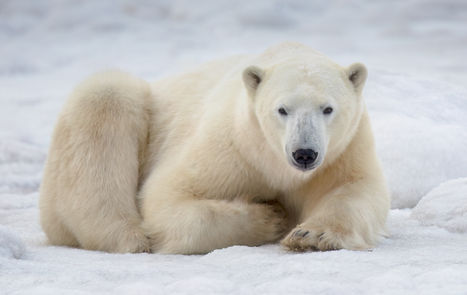Tropical Birding's Habitats of the World
'A Supplementary Website for Princeton's Habitats of the World: A Field Guide for Birders, Naturalists and Ecologists'
Nearctic Pelagic Waters - Code: Ne12F
Habitat in a Nutshell
Deepwater marine environments, generally beyond the continental shelf or along major deepwater canyons. Habitat Affinities: Pelagic waters all over the world.
Description of Habitat
The Nearctic region is surrounded by the Atlantic Ocean to the east, the Arctic Ocean to the north, the Pacific Ocean to the west, and the Gulf of Mexico to the south. Deep pelagic waters vary widely in accessibility and proximity throughout the region. In places like Monterey Bay, California, deep canyons allow access to pelagic zones only a few miles offshore, while in other locations, this habitat may be well over 100 mi. (160km) offshore. The pelagic and marine environments in the Nearctic are among the most well-studied in the world but remain relatively unknown compared to other environments.
Pelagic environments vary wildly throughout the Nearctic, with some holding shearwater flocks numbering in the hundreds of thousands and others being relatively barren. In these dynamic environments the presence of marine life is driven by major ocean currents, cold-water upwellings, and seasonal migrations. That being said, the northern pelagic environments hold the largest concentrations of marine life in the Nearctic. The Gulf of Mexico is generally wildlife-poor, while canyons along the Pacific coast tend to be the richest pelagic environments. The warm waters of the Gulf Stream in the Atlantic are also very productive both for feeding and as a migration route for birds, mammals, and fish. The habitat mostly breaks down into Pacific Pelagic Waters, Atlantic Pelagic Waters, and Arctic Pelagic Waters. The Pacific and Atlantic Waters have both tropical and temperate areas, though tropical areas are more widespread in the Atlantic.
In the Arctic Pelagic Waters, sea ice is an important feature. Sea ice forms in winter and can form ice sheets that cover most of the Arctic Ocean. During the summer large portions of the sea ice melt or break away from the mainland and form large flows. These are dynamic processes with most sea ice lasting only a single season. Old sea ice has survived multiple melting cycles and is generally thicker. With climate change, sea ice is rapidly disappearing and the Arctic may soon experience ice-free summers.
Click the Icon to View Bird Assemblage for this Habitat





